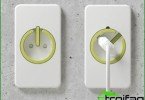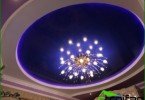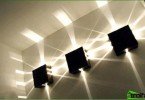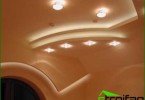The scope and modification of modern LED lamps, prices for which have long been suitable for all segments of the population, suggest that the people who stood at the origins of their creation were right, predicting a great future for them. And if earlier LEDs were associated with the design of Christmas trees and rooms, today they successfully replace standard bulbs and surprise with their manufacturability no less than the latest electronics.
LED lamps are independent devices in which the main element of illumination is the LED (semiconductor element), and the driver is the power source, which converts alternating current into direct current. The main element of the LED itself is a semiconductor artificial crystal, painted in different colors. It is placed in a special bowl made of copper or aluminum, which plays the role of a cathode and a reflector at the same time, then a gold thread is welded to it and everything is poured with an absolutely transparent compound.
Currently, everyone can buy LED lights. And although their widespread distribution is at the very beginning of their development, they have already gained popularity among a sufficient number of consumers..
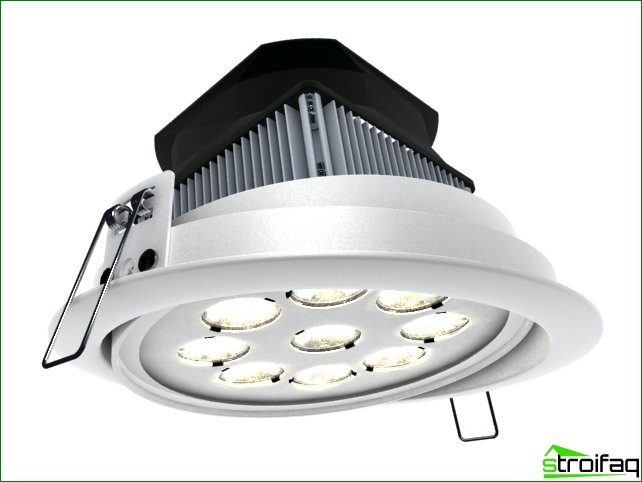
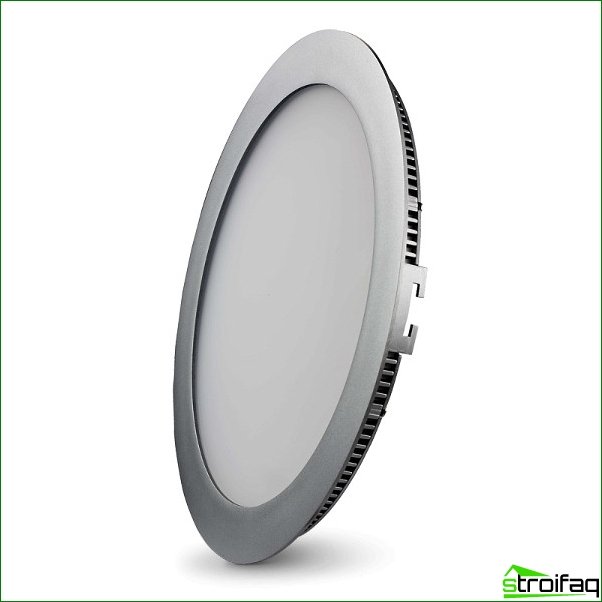
History of LEDs
The scope and modification of modern LED lamps, prices for which have long been suitable for all segments of the population, suggest that the people who stood at the origins of their creation were right, predicting a great future for them. And if earlier LEDs were associated with the design of Christmas trees and rooms, today they successfully replace standard bulbs and surprise with their manufacturability no less than the latest electronics.LED lamps are independent devices in which the main element of illumination is the LED (semiconductor element), and the driver is the power source, which converts alternating current into direct current. The main element of the LED itself is a semiconductor artificial crystal, painted in different colors. It is placed in a special bowl made of copper or aluminum, which plays the role of a cathode and a reflector at the same time, then a gold thread is welded to it and everything is poured with an absolutely transparent compound.
Currently, everyone can buy LED lights. And although their widespread distribution is at the very beginning of their development, they have already gained popularity among a sufficient number of consumers..


History of LEDs
For the first time that a solid-state LED can emit light, the world learned thanks to the British Henry Round, who discovered such a phenomenon in 1907. After him, many other physicists made great discoveries in this field, but they seriously began manufacturing LEDs only in 1971. After 20 years, the scientist Suji Nakamura and his colleagues Isam Akasaki and Hiroshi Amano made a real revolution by creating the world’s first blue light-emitting diode (LED).
For enormous work and amazing results, in 2014 they received the Nobel Prize. After that, LED panels began to appear on the lighting market, which are very popular today..
Key Benefits
Having barely appeared on sale, light ceiling panels began to be quickly sold out by ordinary citizens and state-owned companies responsible for energy conservation. Today, whole programs are being developed to evade standard illumination of city streets, industrial enterprises and other facilities where a lot of lamps are required. This universal recognition of LED lamps is due to a number of their significant advantages:
1. Security. No mercury is ever used in the manufacture of this type of device..
2. Long service life. They are able to work for 30-50 thousand hours, and sometimes more. In this regard, they exceed the indicator of fluorescent lamps by 2-3 times.
3. To obtain a stream of light of any spectrum, it is not necessary to use filters.
4. High light output. According to this indicator, LED lamps are compared with fluorescent devices and are almost 2 times higher than standard incandescent lamps.
5. Luminaires consume very little electricity, surpassing even the famous fluorescent lamps in this.
6. Lighting of large areas. Thanks to the creation of LED panels, it became possible to illuminate large rooms with lower costs, which immediately made them much more popular than fluorescent lamps.
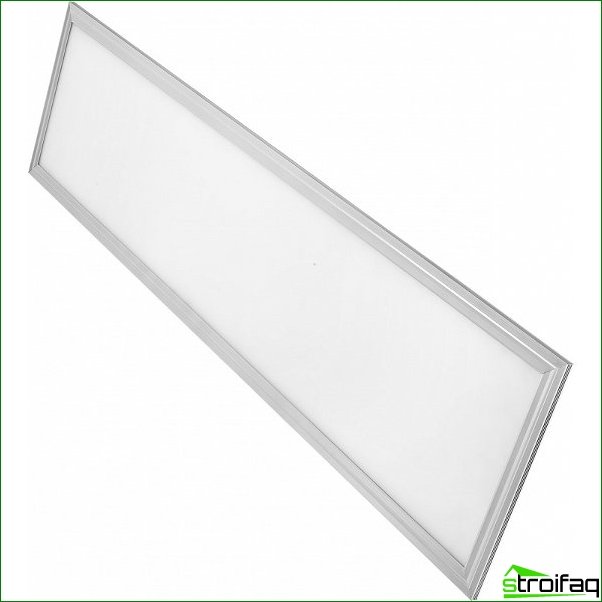
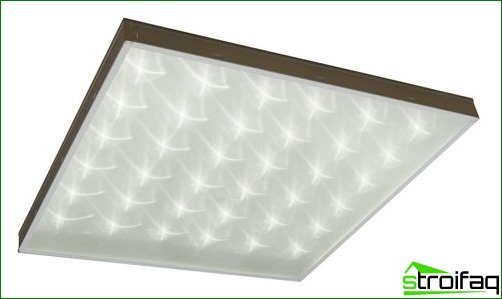
Where LED lights are used today?
Modern LED lamps are used almost everywhere, from lighting offices, residential buildings, industrial workshops to decorative lighting of large-scale buildings and structures from the street. Moreover, they are presented not only in the form of panels, but also in other forms developed by modern designers.



